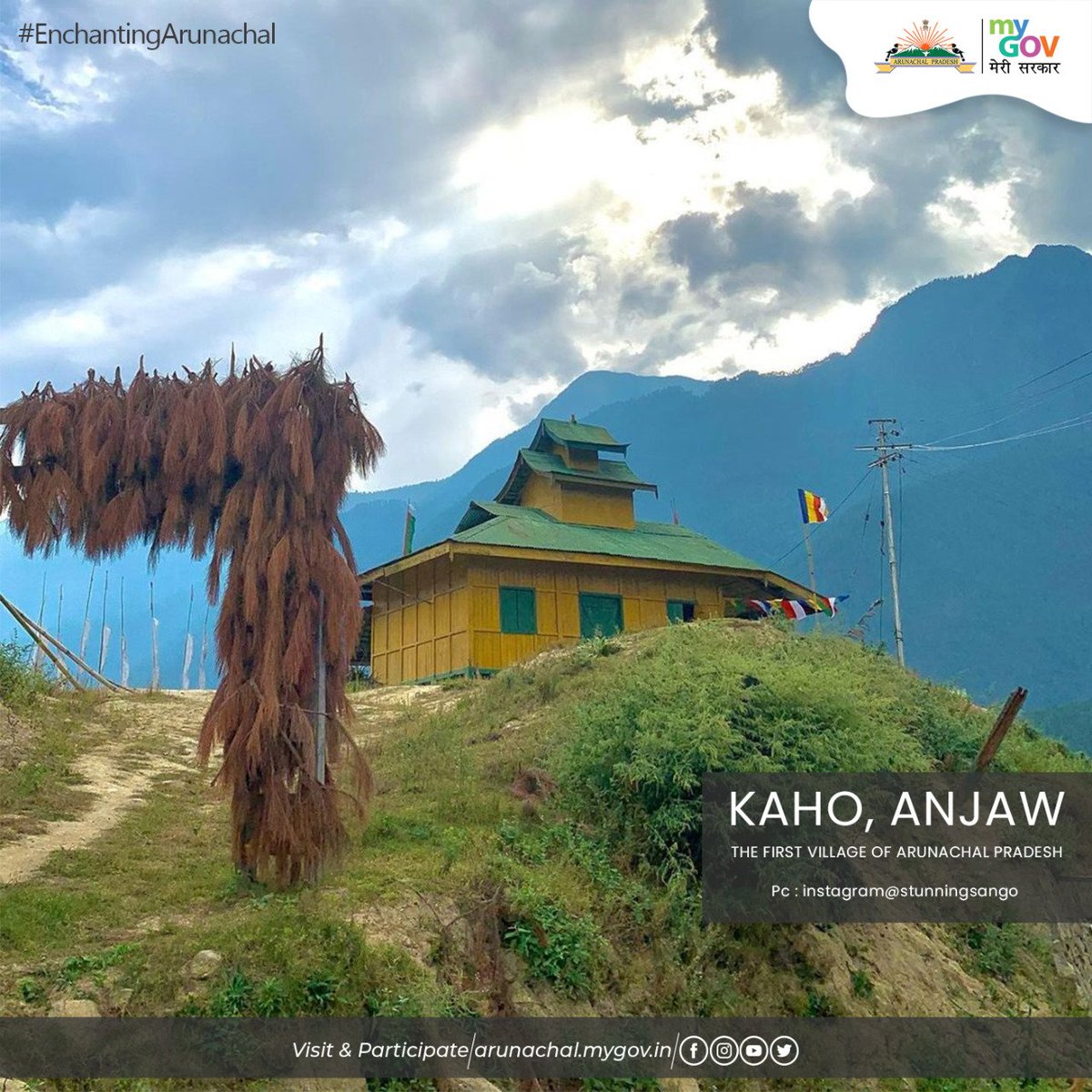The presence of sarpanches from several villages situated along the LAC in the Independence Day celebrations in New Delhi at the invitation of the PM was a strong message to China.
New Delhi
The latest news about Maliney, an important village in Arunachal Pradesh bordering China occupied Tibet, getting its 4G Airtel network bears testimony to Prime Minister Narendra Modi’s sincere and serious efforts to ensure “fast development” of the border villages under the Vibrant Village Programme (VVP). “Happy with this news, PM Modi is keen to see faster development in all the country’s villages near China’s border as a counter to Beijing’s aggressive agenda in the region,” a source told The Sunday Guardian.
Arunachal Pradesh Chief Minister Pema Khandu reposted a message on Twitter, saying, “Such a fantastic news. It is the first Indian village on the border. Arunachal border villages are moving on a faster development trajectory under vibrant village programmes.” Sources said that PM Modi has made it a point to take regular updates on the work done so far under the VVP in villages of Arunachal Pradesh and other states sharing border with China occupied Tibet. “He has been issuing instructions to complete one assignment or the other, giving suggestions on how to improve things,” the source added.
In his 90-minute Independence Day speech, the Prime Minister on Tuesday made a special mention of the Vibrant Village Programme. This was PM Modi’s meaningful signal to an “aggressive” China from the ramparts of Red Fort. The VVP is aimed at the comprehensive development of select villages along the country’s northern borders. The programme covers the border areas of Himachal Pradesh, Uttarakhand, Arunachal Pradesh, Sikkim, and Ladakh. “These villages were called the last villages of India. We have changed that mind-set,” Modi said. “That village at the border is not the last village. It is the country’s first village. When the sun rises in the east, the villages there receive the first rays. And when it sets, the last rays fall on the villages on the other side,” he added.
As part of the government’s strategy to connect with the people of the Northeast, including Arunachal Pradesh, PM Modi invited 600 heads (sarpanches) of the border villages to attend the 77th Independence Day celebrations. “It was an innovative idea to establish better communication with the border village public representatives. They were given several suggestions so as to play a role of special link between the central and state governments on developmental projects,” an official said. PM Modi shared his views with them while listening to these special invitees from the border villages.
Sources said that the PM has asked officials to make it a regular practice to keep communicating with the sarpanches from the border villages. If needed, they will be invited to New Delhi frequently. “Such exercise will instil a sense of confidence among them, as they keep meeting the local residents in Arunachal Pradesh and other states. It will be good for the government’s strategy to stay in touch with the people of bordering states,” an official said, adding, “PM Modi is keen to have regular feedback from them on development projects and other complaints if any.”
Union Minister Kiren Rijiju said that through the VVP, the government is dedicated to providing essential necessities for the border areas. “Our commitments are not mere promises; they are solid plans,” he added. Guaranteed all-weather road connections, uninterrupted water supply, 24×7 solar and wind-powered electricity, improved mobile and internet connectivity—these are our priorities,” the minister said in a tweeted message.
Sources said that PM Modi has taken a review meeting with officials to have an update on the project of 4G mobile network towers for boosting connectivity in more than 336 border areas of Arunachal Pradesh, specifically the Line of Actual Control (LAC) with China occupied Tibet. Another 2,967 villages are being covered under VVP in Arunachal Pradesh, Sikkim, Himachal Pradesh, Uttarakhand and the UT of Ladakh. Ashwini Vaishnaw once said at an event that “PM has given us a task to bring all villages into internet connectivity by March 2024 so that they can avail all digital facilities in the country.”
According to the home ministry, the focused areas of intervention in the border villages include economic growth, road connectivity, housing, village infrastructure, energy including renewable energy through solar and wind power, television and telecom connectivity, promotion of tourism and culture, and skill development. The VVP is a Centrally sponsored scheme announced in Union Budget 2022-23 and covers 2,963 villages. In fact, China has built hundreds of xiaokang, or moderately prosperous, villages across the LAC in areas stretching from Ladakh to Arunachal Pradesh. Satellite imagery of the LAC in the recent years has shown that China has constructed several such villages along its disputed frontiers with India.
The Modi government’s priority is to ensure development of border villages in the northeastern states and other bordering regions as tourist hubs through a civil-military partnership as an answer to China’s xiaokang. The move is aimed at boosting the local economy and stopping migration from border villages to the cities.
Minister of Tribal Affairs Arjun Munda recently addressed 207 sarpanches from villages near the international border areas of Arunachal Pradesh, Sikkim, Himachal Pradesh, Uttarakhand and Ladakh. “Tribals in border villages have protected the country since ages and preserved their local traditions and culture,” Munda said, adding that the government is focusing on encouraging economic

